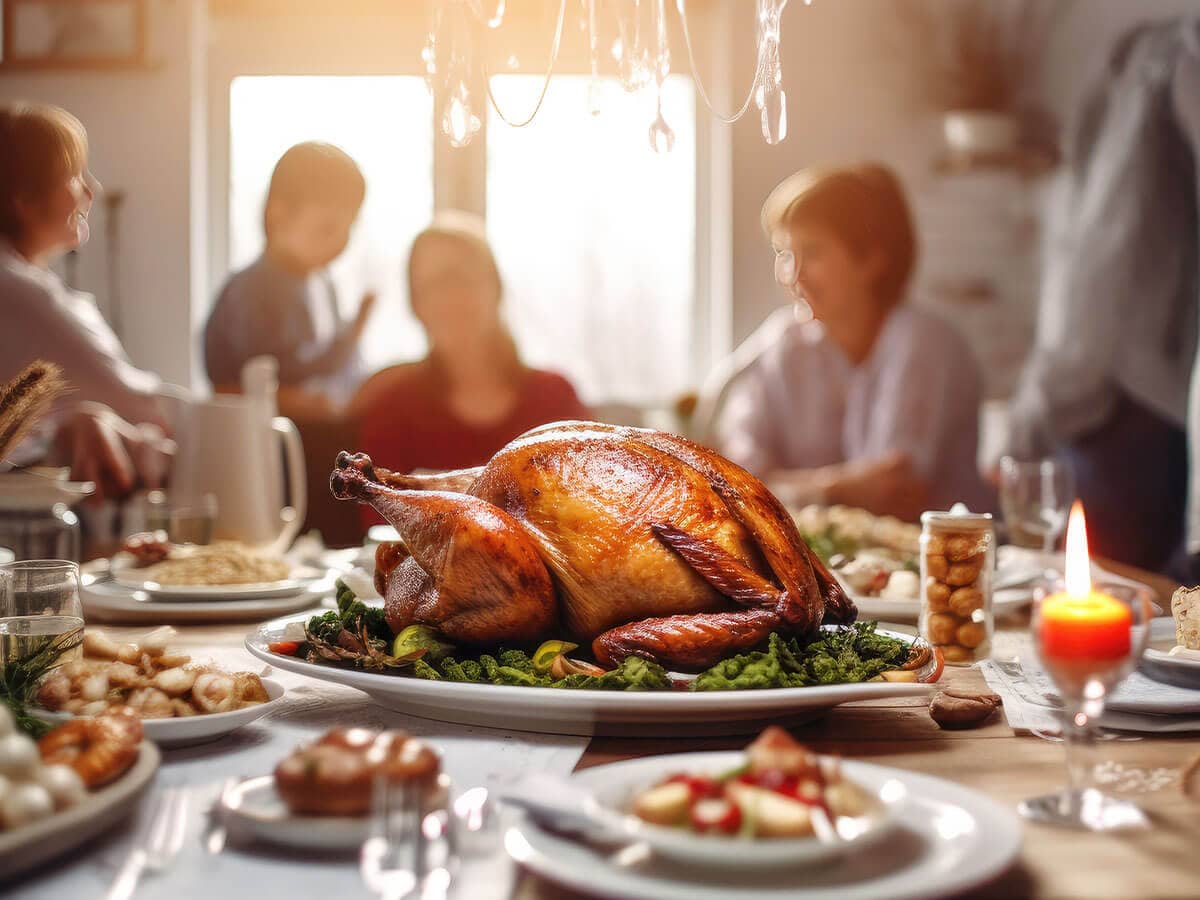
For a large percentage of the younger audience, the festivities have evolved into an opportunity for families to renew family bonds and take a break from work – and hectic demanding schedules.
The history behind The Chinese New Year goes back quite a bit. The Chinese calendar functions as a religious and social guide that’s existed since 14th century B.C. when the Shang Dynasty had leadership. Many may not be aware of this, but the calendar reset according to the emperor that held power and this also varied regionally as well. Additionally, the lunar phases as well as the solar solstices and equinoxes also coincide with the calendar and its functionality. The cycle of twelve stations, or signs, also come into play. Each new year is marked by the characteristics of one of the 12 zodiacal animals: the rat, ox, tiger, rabbit, dragon, snake, horse, sheep, monkey, rooster, dog and pig.
The Chinese Year begins in the middle of the 12th month and ends around the middle of the first month – with the waxing of the full moon. During this time, most day-to-day businesses come to a ceasing halt so that the principal focuses of home and family can be appreciated.
Households take the new year seriously and prepare for their down time. Homes are thoroughly cleaned, in order to get rid of “hiqui”; otherwise known as inauspicious breaths. The culture believes that these breaths are collected during the old year and cleansing is necessary to embrace the new year. Cleaning is also meant to appease the gods who would be coming down from heaven to inspect. Some families even create ritual sacrifices of food and paper icons to offer the gods and ancestors. Many people post their printed scrolls with lucky messages on household gates and set off firecrackers to frighten away the evil spirits. Some elders also give money to children, in hopes of issuing good luck to other households and lifelong prosperity.
In terms of food, extended family joins the table and shares a meal. In most cases the last course is fish because it symbolizes abundance. In the first five days of the New Year, most families eat long noodles to symbolize long life. On the 15th and final day of the New Year, households eat round dumplings shaped like the full moon because it symbolizes the desire for a whole family unit – which is close to perfection.
As with most holidays, time and technology has definitely impacted The Chinese New Year. The younger Chinese population reports that they would prefer surfing the Internet, sleeping, watching TV or spending time with friends. Also, their taste in food is not as traditional either – they’ve stemmed away from the dumplings and other unfriendly gluten rice pastries.
Aside from knowing the general history of The Chinese New Year, it is also beneficial to know some of the essential facts pertaining to the celebration.
- Fifteen Days of Celebration – The 15th day of celebration is known as the Lantern Festival. This is the first significant feast in the New Year. People gather to watch beautiful Chinese lanterns and eat Yuanxiao, which is also called tangyuan – a dumpling ball made of sticky rice flour stuffed with different fillings.
- A Sixth of the World’s People Celebrate – The Chinese New Year is celebrated in the mainland, Hong Kong, Taiwan, Vietnam, Singapore, and other Asian countries. However, in recent years celebrations have extended to New York, London, Vancouver, Sydney and other overseas cities that spread out into Chinatowns.
- Longest Public Holiday – During The Chinese New Year most employees have 7-12 days off from work, and students have a one month winter vacation. Regardless of where they are, people strive to return home for a family reunion and spend time together.
- Fireworks – The Chinese New Year is, hands down, the largest annual usage of fireworks on the entire planet. Yes, you read that right – entire planet!
- Most Decorations are in Red – The go to décor color, for The Chinese New Year, is red. Most people, during the festivities, also dress in red. The color red, in Chinese culture, is the symbol of happiness, wealth and prosperity. The vibrant color is also said to ward off evil spirits and bring good luck.
- Guo Nian Hao” – Westerners greet each other with “Merry Christmas” during the holiday season. The Chinese New Year is celebrated by saying “Guo Nian Hao.” The translation literally means passing a year. There is a Chinese wise tale that refers to a character named “Nian,” a fierce and cruel monster which eats livestock and kids; however, he fears the color red and crackling sound. Hence, the incorporation of the color red and fireworks.
Celebrating family and the notion of being authentic and present is important and is the core of The Chinese New Year. What’s also enlightening is that these same ideas are encompassed within Western celebrations such as Thanksgiving, Christmas and The New Year.

